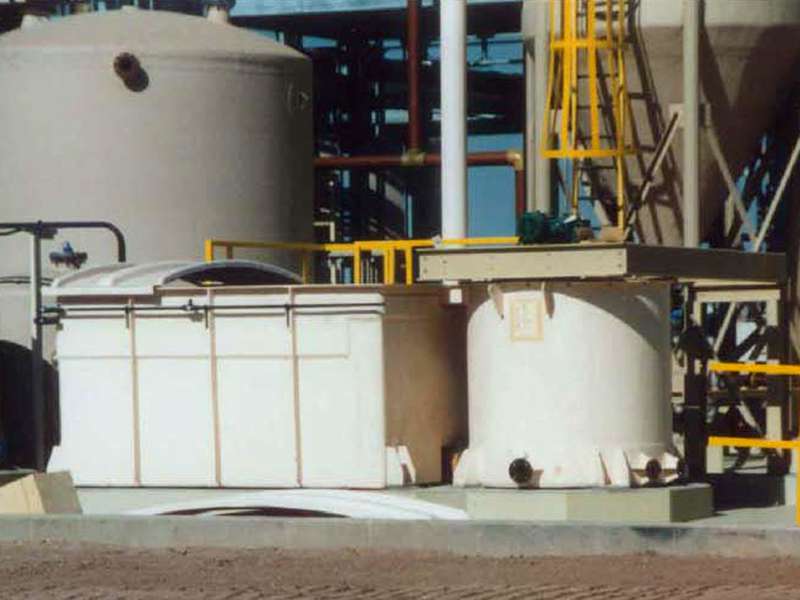
-
 Afrikaans
Afrikaans -
 Albanian
Albanian -
 Amharic
Amharic -
 Arabic
Arabic -
 Armenian
Armenian -
 Azerbaijani
Azerbaijani -
 Basque
Basque -
 Belarusian
Belarusian -
 Bengali
Bengali -
 Bosnian
Bosnian -
 Bulgarian
Bulgarian -
 Catalan
Catalan -
 Cebuano
Cebuano -
 China
China -
 China (Taiwan)
China (Taiwan) -
 Corsican
Corsican -
 Croatian
Croatian -
 Czech
Czech -
 Danish
Danish -
 Dutch
Dutch -
 English
English -
 Esperanto
Esperanto -
 Estonian
Estonian -
 Finnish
Finnish -
 French
French -
 Frisian
Frisian -
 Galician
Galician -
 Georgian
Georgian -
 German
German -
 Greek
Greek -
 Gujarati
Gujarati -
 Haitian Creole
Haitian Creole -
 hausa
hausa -
 hawaiian
hawaiian -
 Hebrew
Hebrew -
 Hindi
Hindi -
 Miao
Miao -
 Hungarian
Hungarian -
 Icelandic
Icelandic -
 igbo
igbo -
 Indonesian
Indonesian -
 irish
irish -
 Italian
Italian -
 Japanese
Japanese -
 Javanese
Javanese -
 Kannada
Kannada -
 kazakh
kazakh -
 Khmer
Khmer -
 Rwandese
Rwandese -
 Korean
Korean -
 Kurdish
Kurdish -
 Kyrgyz
Kyrgyz -
 Lao
Lao -
 Latin
Latin -
 Latvian
Latvian -
 Lithuanian
Lithuanian -
 Luxembourgish
Luxembourgish -
 Macedonian
Macedonian -
 Malgashi
Malgashi -
 Malay
Malay -
 Malayalam
Malayalam -
 Maltese
Maltese -
 Maori
Maori -
 Marathi
Marathi -
 Mongolian
Mongolian -
 Myanmar
Myanmar -
 Nepali
Nepali -
 Norwegian
Norwegian -
 Norwegian
Norwegian -
 Occitan
Occitan -
 Pashto
Pashto -
 Persian
Persian -
 Polish
Polish -
 Portuguese
Portuguese -
 Punjabi
Punjabi -
 Romanian
Romanian -
 Russian
Russian -
 Samoan
Samoan -
 Scottish Gaelic
Scottish Gaelic -
 Serbian
Serbian -
 Sesotho
Sesotho -
 Shona
Shona -
 Sindhi
Sindhi -
 Sinhala
Sinhala -
 Slovak
Slovak -
 Slovenian
Slovenian -
 Somali
Somali -
 Spanish
Spanish -
 Sundanese
Sundanese -
 Swahili
Swahili -
 Swedish
Swedish -
 Tagalog
Tagalog -
 Tajik
Tajik -
 Tamil
Tamil -
 Tatar
Tatar -
 Telugu
Telugu -
 Thai
Thai -
 Turkish
Turkish -
 Turkmen
Turkmen -
 Ukrainian
Ukrainian -
 Urdu
Urdu -
 Uighur
Uighur -
 Uzbek
Uzbek -
 Vietnamese
Vietnamese -
 Welsh
Welsh -
 Bantu
Bantu -
 Yiddish
Yiddish -
 Yoruba
Yoruba -
 Zulu
Zulu
Fiberglass Clarifier System for Efficient Water Treatment and Solid Separation
Fiberglass Clarifier System for Efficient Water Treatment and Solid Separation
In an era increasingly focused on environmental sustainability and water conservation, innovative solutions for water treatment have become pivotal in various industries. One such advancement is the fiberglass clarifier system, designed to enhance the efficiency of water treatment processes and solid separation.
The fiberglass clarifier system utilizes lightweight and durable fiberglass materials, which offer significant advantages over traditional concrete or metal systems. This innovative approach is particularly beneficial in the construction and operation of water treatment facilities. Fiberglass is resistant to corrosion and chemical deterioration, which often plagues conventional materials when exposed to harsh wastewaters. Consequently, these systems have a longer lifespan and lower maintenance requirements, making them a cost-effective solution in the long run.
At the core of the fiberglass clarifier system is its ability to efficiently separate solids from liquids. This process is crucial in various applications, including municipal wastewater treatment, industrial effluent processing, and stormwater management. The clarifier employs a combination of gravity and flotation techniques to effectively remove suspended solids from the water. As wastewater enters the clarifier, it undergoes a slow downward movement, allowing heavier solids to settle at the bottom while lighter materials are carried to the surface. This dual-action mechanism ensures a high rate of solid removal, promoting cleaner discharge and reducing the burden on downstream treatment processes.
fiberglass clarifier system for efficient water treatment and solid ...

Moreover, the design of these fiberglass clarifiers is highly versatile. They can be customized to fit different sizes and flow rates, making them suitable for small-scale operations as well as large wastewater treatment plants. The modular nature of fiberglass systems allows for easy expansion and integration into existing infrastructures, which is a significant benefit for facilities looking to upgrade their treatment capabilities without extensive reconstruction.
The operational efficiency of fiberglass clarifier systems also contributes to improved water quality. By minimizing the concentration of solids in the effluent, these systems help meet stringent regulatory requirements for water discharge, thus protecting aquatic ecosystems and public health. Moreover, cleaner water enhances the effectiveness of subsequent treatment processes, whether for reuse in irrigation, industrial applications, or safe discharge into natural bodies of water.
In conclusion, the fiberglass clarifier system represents a significant advancement in water treatment technology. Its advantages in durability, efficiency, and adaptability make it a prime choice for industries seeking effective solutions to manage wastewater and ensure environmental compliance. As the demand for sustainable water management solutions grows, systems like these will undoubtedly play a critical role in shaping the future of water treatment.









